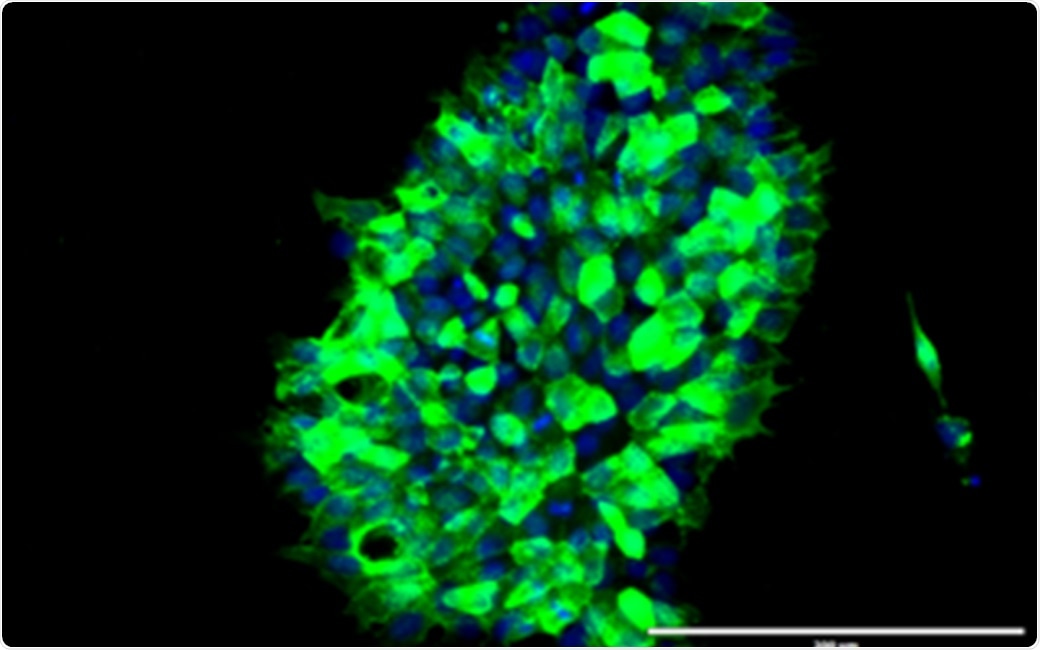Scientists from the University of Helsinki and University Hospital Helsinki recently created a technique to accurately and quickly correct genetic alterations in the cultivated patient cells.

Corrected stem cells. Image Credit: Sami Jalil.
The technique creates genetically rectified autologous pluripotent stem cells from a 2–3 mm skin biopsy. This was obtained from patients with various genetic diseases. The corrected stem cells are vital in the research and for the generation of novel therapies for the diseases in question.
The researchers based the novel process on earlier breakthrough studies in the areas of gene editing and stem cells, including two Nobel-prize bestowed techniques.
The first technique is the invention of induced pluripotent stem cells, iPSCs from differentiated cells, which bagged the Nobel in 2012. The second technique is the CRISPR-Cas9 “gene scissors” innovation, which was awarded the prize in 2020. The novel technique combines both to rectify gene alterations that induce inherited diseases and simultaneously generates fully functional new stem cells.
New therapeutic possibilities to inherited diseases
The scientists aimed to create autologous cells with therapeutic properties. When the patient’s corrected cells are used, it can help evade the immunological challenges obstructing the tissue and organ transplantation from a donor. The novel technique was created by an Argentinian PhD student Sami Jalil in the Biomedicum Helsinki Stem Cell Center.
The study was published in the Stem Cell Reports, the journal of the International Society of Stem Cell Research.
Over 6000 known inherited diseases caused by various gene alterations are seen and certain of these diseases are treated at present with a cell or organ transplant from a healthy donor, if available.
Our new system is much faster and more precise than the older methods in correcting the DNA errors, and the speed makes it easier and diminishes also the risk of unwanted changes.”
Kirmo Wartiovaara, Adjunct Professor, University of Helsinki
Wartiovaara supervised the work.
In perfect conditions, we have reached up to 100 % efficacy, although one has to remember that the correction of cultured cells is still far away from proven therapeutic applications. But it is a very positive start.”
Kirmo Wartiovaara, Adjunct Professor, University of Helsinki
Source:
Journal reference:
Jalil, S., et al. (2021) Simultaneous high-efficiency base editing and reprogramming of patient fibroblasts. Stem Cell Reports. doi.org/10.1016/j.stemcr.2021.10.017.